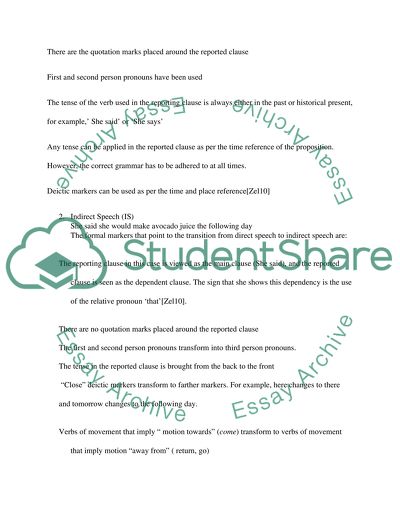Cite this document
(“Theory of Speech and thought presentation in Ulysses and The Dubliners Essay”, n.d.)
Retrieved from https://studentshare.org/english/1491676-theory-of-speech-and-thought-presentation-in
Retrieved from https://studentshare.org/english/1491676-theory-of-speech-and-thought-presentation-in
(Theory of Speech and Thought Presentation in Ulysses and The Dubliners Essay)
https://studentshare.org/english/1491676-theory-of-speech-and-thought-presentation-in.
https://studentshare.org/english/1491676-theory-of-speech-and-thought-presentation-in.
“Theory of Speech and Thought Presentation in Ulysses and The Dubliners Essay”, n.d. https://studentshare.org/english/1491676-theory-of-speech-and-thought-presentation-in.


